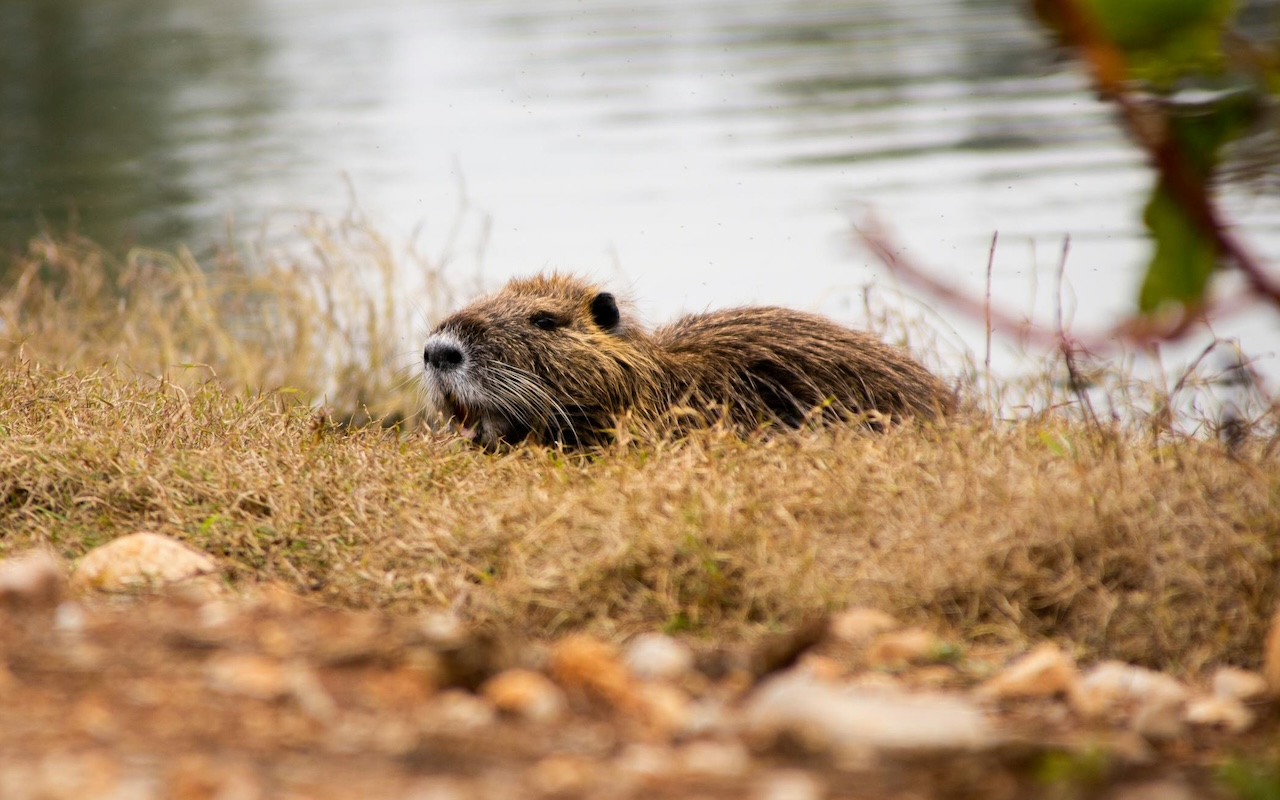Across Britain, a remarkable resurgence of beaver populations is being celebrated as new generations of kits have been spotted from the bustling city of London to the serene landscapes of the Scottish Cairngorms, marking a significant comeback for a species that vanished from these shores over 400 years ago.
This summer, the birth of these kits in various parts of the country, including Kent’s Canterbury and Northumberland’s Wallington Estate, heralds a successful chapter in the reintroduction efforts that have sought to reestablish beavers in their ancient habitats. In an unexpected twist of urban wildlife resurgence, Paradise Fields in Ealing, London, has become home to at least two beaver kits, a mere eight months following the introduction of a family of beavers in what is considered a pioneering move to reintroduce the species into an urban setting.
Historically common across the nation, beavers faced extinction due to extensive hunting for their fur, meat, and scent gland oil, known as castoreum. The Ealing Beaver Project’s Dr. Sean McCormack has highlighted the historical significance of coexistence between beavers and humans across the UK, advocating for the species’ return to both rural and urban environments. Similarly, the birth of kits in the Cairngorms represents a milestone for the region, with the Cairngorms National Park Authority expressing excitement over this natural expansion. Beavers are known for their beneficial environmental impacts, such as creating ponds that support diverse wildlife, improving water quality, and mitigating flooding. However, their habit of damming can interfere with agricultural drainage and fish migration, necessitating careful coordination with local farmers and fisheries.
In Canterbury, sightings of kits in the River Stour in July have underscored the growth of the beaver population in Kent, now believed to number in the hundreds. Meanwhile, the Wallington Estate in Northumberland has also reported the arrival of a new kit, with the National Trust highlighting the positive ecological changes brought about by beaver activity. Beaver kits, typically born between April and June, remain hidden within their lodges until at least July.
They stay with their parents for three years before venturing out to establish new territories. According to the Beaver Trust, territorial disputes among beavers can limit their population growth, as they fiercely defend their habitats. Despite the challenges, the reestablishment of beavers in Britain has garnered significant public interest and support, with their legal recognition as a native, protected species in Scotland in 2019 and in England in 2022 marking a pivotal moment for conservation efforts. However, current regulations in England restrict beaver releases to enclosed areas, a point of frustration for conservationists who point to the success of reintroduction programmes in other European countries.
As Britain witnesses the burgeoning renaissance of its beaver populations, the ongoing debate over their management and the potential for broader reintroduction into the wild reflects the complexities of restoring native species in a modern landscape.
News Team





